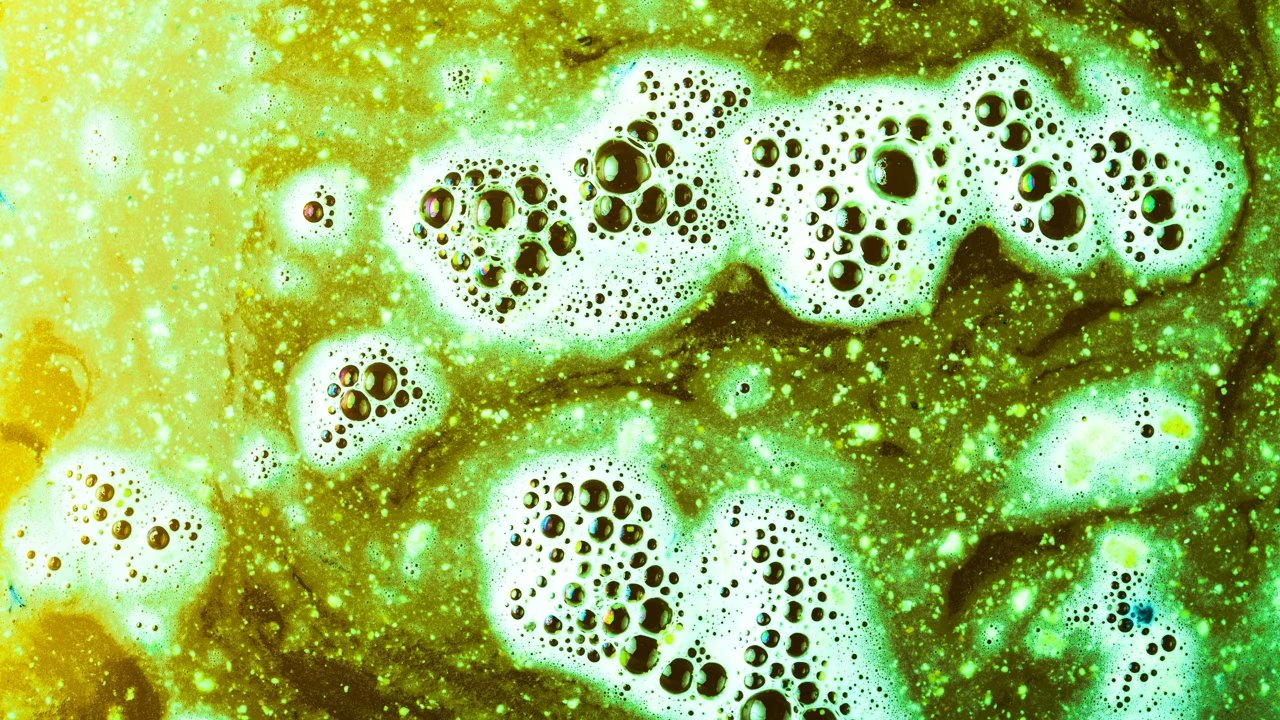COPD affects 16 million in the US and 400 million globally and is the third leading cause of death.
A core problem in COPD, Cystic fibrosis (CF), asthma, and bronchiectasis, is the overproduction of thick, sticky mucus that obstructs and plugs the airways.
In terms of COPD, over 60 percent of patients have a mucus plug disease subtype, where mucus accumulation contributes to airway obstruction, infections, chronic inflammation, permanent lung damage, and mortality.
But now a Swedish startup has developed a life-changing, patented tech to improve the lives of millions.
MucoLife Therapeutics was founded in 2024 by scientists Thaher Pelaseyed and Gunnar C. Hansson, and spun out of the Mucin Biology Groups (MBG) — a global leader in research on mucus and mucus-related diseases — at the University of Gothenburg, Sweden.
I spoke to Thaher Pelaseyed, co-founder and CEO at MucoLife Therapeutics at the GoWest conference.
Pelaseyed is someone who knows about mucus, with over 20 years of research experience in cell and mucin biology.
Pelaseyed shared:
“Current treatment options fail to address mucus plugs, leaving a critical gap in COPD patient care.
Unfortunately, there are no standard treatments today that really help these patients. There is a critical unmet need.
So what we have done at MucoLife Therapeutics is to try to figure out, on a molecular level, how these mucus plugs that clog the patients’ lungs are formed and held together.”
The company is developing a molecule that helps dissolve the mucus in a very targeted way, in the lungs, locally, without any systemic side effects.
The patented technology is based on modulating or interfering with the interactions between the mucin proteins that form the mucus plugs.
According to Pelaseyed:
"What sets us apart from existing treatments on the market today is that there is currently only one mucus-dissolving drug—N-acetylcysteine, which was approved in 1963.
In the 60 years since, there has been virtually no innovation in this space."
N-acetylcysteine works by permanently breaking strong molecular bonds in mucin proteins.. However, because it disintegrates mucus into very small fragments, the body cannot efficiently clear it from the lungs, limiting its effectiveness.
Pelaseyed revealed, “in contrast, our treatment demonstrates 90 per cent efficacy in mucus clearance, whereas N-acetylcysteine achieves only 5 per cent efficacy—a massive difference in performance."
According to Pelaseyed, “A question we are often asked is, ‘if mucus accumulation is the problem, why don’t you just turn off the switch?’ Well, you can't. Even COPD patients need a functioning mucus system in their lungs.
Mucus offers an important defence system against pathogens that cause respiratory infections. We want to keep the normal function intact. But we want to get rid of the mucus plugs that are causing these recurring infections, the inflammation, and tissue damage.
MucoLife has developed MLT-001, a patented technology that disrupts mucin protein interactions responsible for forming dense mucus plugs. Delivered as an inhalable therapy, MLT-001 efficiently dissolves these plugs, enabling effective mucus clearance — a feat that was not possible with earlier conventional treatments.
As Pelaseyed detailed:
“Once inhaled, MLT-001 will directly reach the mucus plugs. It will not affect the cells in your lungs or cross over into your blood.
Another challenge when designing an inhaled medicine is that most patients also swallow some of the drug they've inhaled.
Which means that if you have a drug that is affecting or dissolving mucus in your lungs, you don't want to have that effect in the gut.
Because the mucus has a very important protective function against the gut bacteria.
And that is also our differentiator. Our drug does not cause any gastrointestinal side effects because it is readily degraded when it reaches the stomach and the upper parts of the intestines.”
Pelaseyed stresses that MucoLife Therapeutic’s long-term vision:
“We are experts in mucus biology. So, we are doing what we are best at.
We are building a pipeline of highly effective next-generation mucus modulating drugs that we then advance through the critical preclinical stage to early clinical phase in patients.
And then we hope that the pharmaceutical companies that are in this space — the top 5 big pharma companies all have portfolios in the respiratory space — will see that our products will support their existing pipeline.”
Pelaseyed notes that this will be a great way to help patients, as most big pharma investments go into very early-stage companies.
“However, a lot of those investments go to waste, not because they're not doing a good job, but because it is hard to find the right targets and the right lead compounds.
We are transforming respiratory care by delivering effective de-risked lead compounds, taking them through pre-clinicial testing and clinical trials, basically doing all that hard work.
Then, we hope to be able to hand it over to the extent they can take it to market.”
The company has done a lot of work connecting with patient organisations and pulmonologists who treat patients on a daily basis.
Pelaseyed stresses:
“It's important to understand what is needed. What do the clinicians need? What do the patients need? Ultimately, we want the patients to take the drug and feel better. This means we are aiming at a regimen that is one dose per day in your traditional inhaler.
So, we are trying to work backwards from our conversations with patients and pulmonologists to bring their insights into our development plan.”
The company expects to enter Phase Ione clinical trials by 2027. These trials will primarily assess safety, but they will also aim to gather efficacy data from a subset of well-defined patients.



Would you like to write the first comment?
Login to post comments